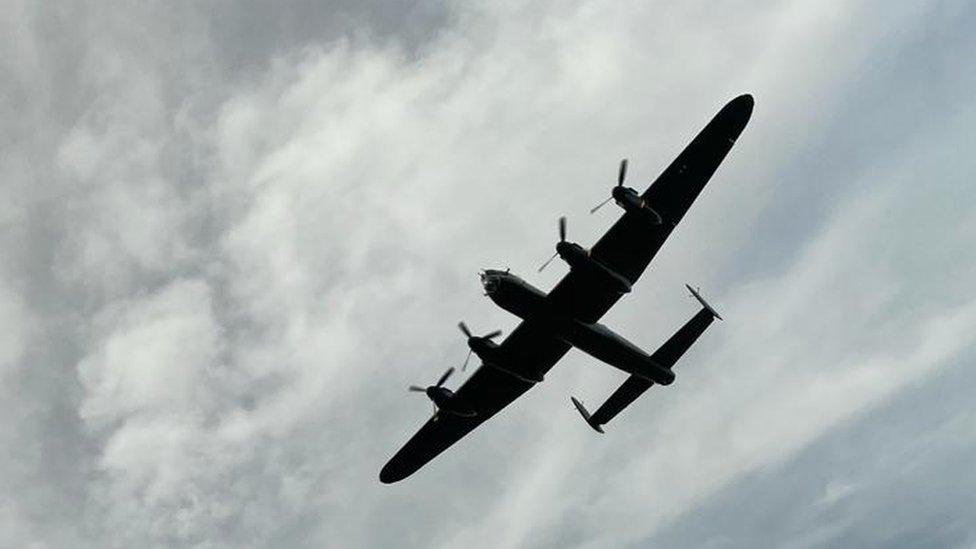Dambusters: WWII biplanes soar over Derwent Dam to mark 80th anniversary
- Published
The trio of Tiger Moth biplanes, which were predominately operated by the Royal Air Force as a trainer aircraft, flew over Derwent Dam on Tuesday
Three World War Two biplanes have flown over Derwent Dam to mark the Dambusters raids practised there 80 years ago.
The Tiger Moths took off from Breighton airfield in East Yorkshire and flew south to Derbyshire to remember those who carried out Operation Chastise.
A series of events are being held to mark the raid's anniversary, which is the first where there are no surviving veterans of the Ruhr Valley mission.
The Dambusters famously trained in the Upper Derwent Valley before the raid.
The last survivor of Operation Chastise, Sqn Ldr George "Johnny" Johnson, died aged 101 in December.
One of only two remaining airworthy Lancaster bombers will fly over several airfields later, with the Battle of Britain Memorial Flight plane PA474 due to be seen over 28 former air bases in Lincolnshire.
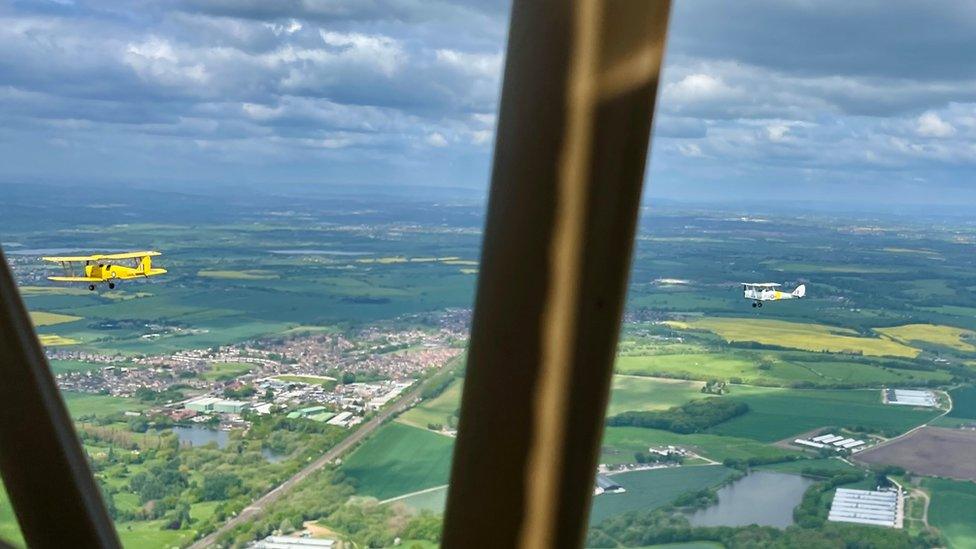
The Tiger Moths took off from East Yorkshire at 10:00 BST on Tuesday and headed south to Derbyshire
The raids were launched from RAF Scampton on the nights of 16 and 17 May 1943, with the mission targeting three dams in Nazi Germany's industrial heartland using bouncing bombs.
The Sorpe dam was only damaged but the Mohne and Eder dams were destroyed, flooding the valley and killing an estimated 1,300 people, mostly civilians.
In total, eight out of the 19 bombers involved were shot down. Three men were captured - and 53 were killed.
Seen as a major coup for Britain's military, the action was immortalised in 1955 film The Dam Busters.
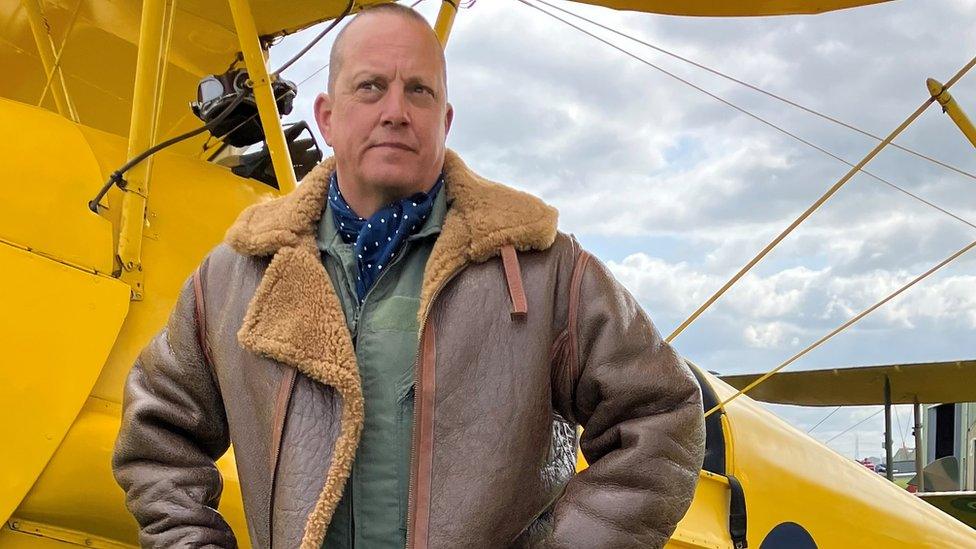
Sgt Dave Walker said the feat accomplished by the Dambusters "still gives me goosebumps"
Sgt Dave Walker, a serving paratrooper who flew one of the Tiger Moth aircraft alongside veteran RAF pilots, called the anniversary flight a "great honour and a privilege".
"To fly at 60 feet (18m) in the dark with a four-engine bomber with a crew of seven, to fly at that level while being attacked is just an unbelievable feat," said Sgt Walker, of 4 Para.
"Even to this day it still gives me goosebumps, I can't understand how the brave men did that."
Sgt Walker added: "It makes me remember all those servicemen and women who lost their lives, both in World War Two and up to the present day."

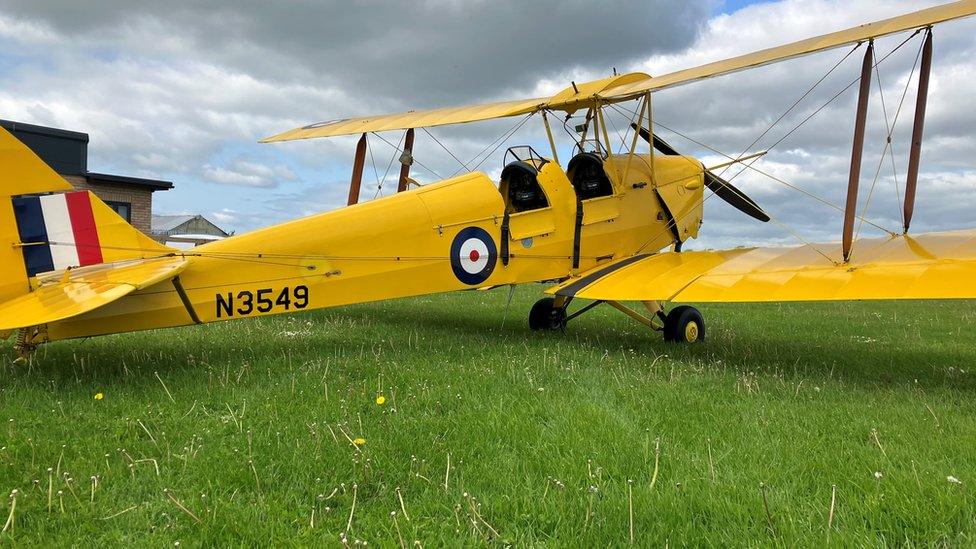
de Havilland Tiger Moth
Designed in the 1930s by Geoffrey de Havilland
The prototype was derived from its predecessor, the Gipsy Moth
There were 8,868 aircraft built
It was operated by the Royal Air Force as a trainer aircraft
It remained in service until 1952
It had no electrical system and had to be started by hand

Follow BBC East Yorkshire and Lincolnshire on Facebook, external, Twitter, external, and Instagram, external. Send your story ideas to yorkslincs.news@bbc.co.uk, external.
Related topics
- Published15 May 2023
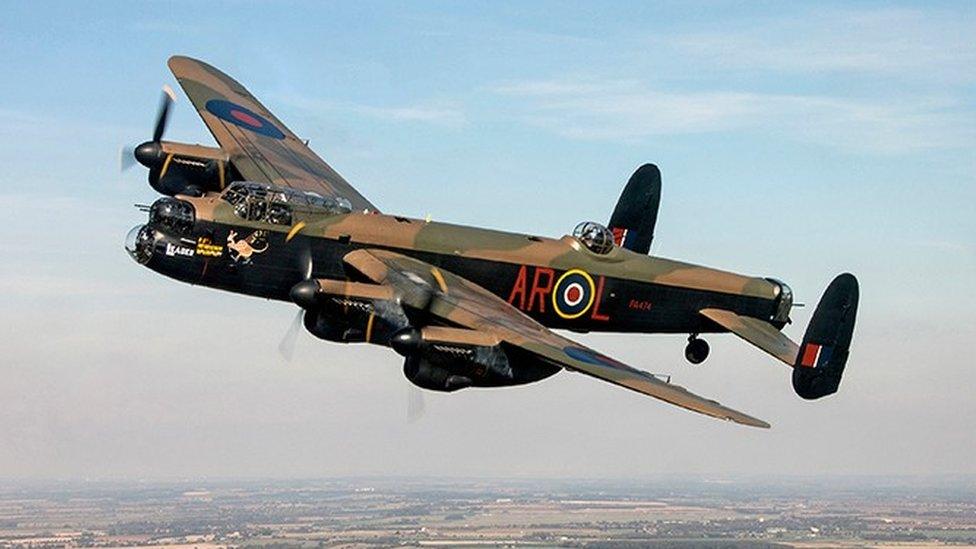
- Published13 May 2023
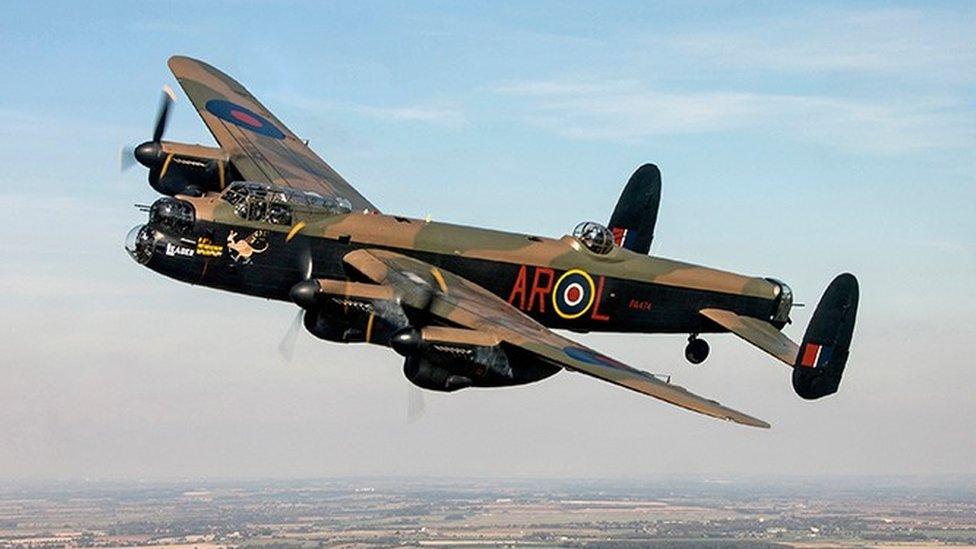
- Published8 December 2022
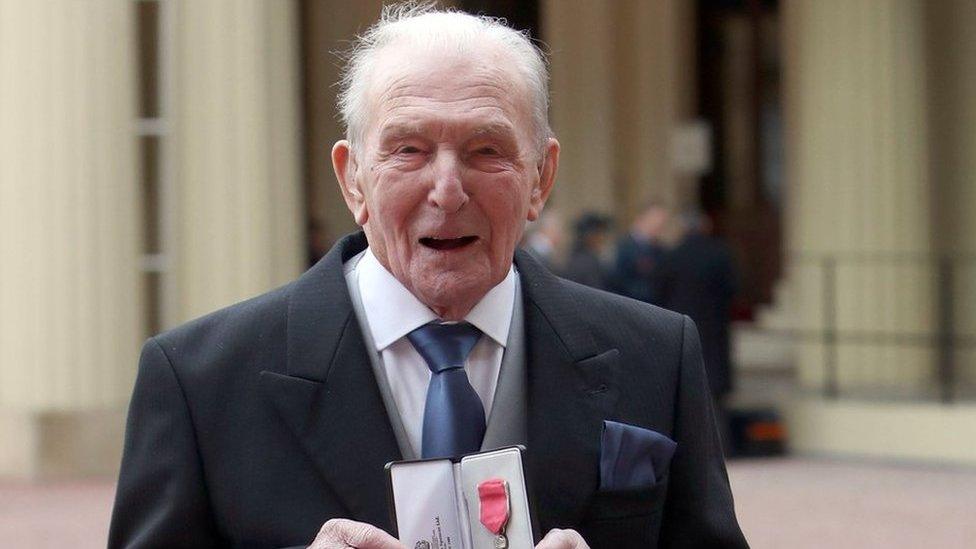
- Published13 October 2022

- Published5 September 2022
